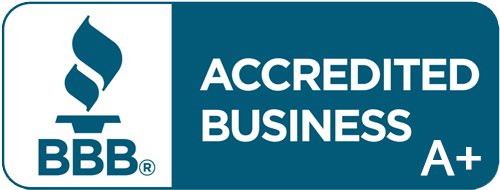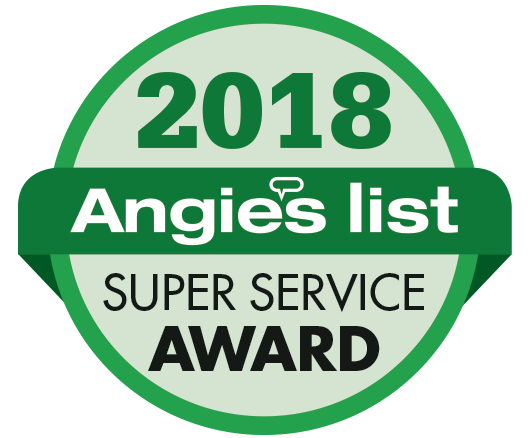On August 24, 1992, the eye of Hurricane Andrew made landfall at Elliot Key and shortly thereafter passed over the Miami, Florida, neighborhoods of Homestead, Florida City and Kendall, leveling them. Property damage in Florida reached $25.3 billion and left 160,000 homeless in Miami-Dade County forcing the serious review and overhaul of the Florida Building Code, home inspection practices and code enforcement.Though an unprecedented nine years have passed since Florida has experienced a hurricane that has made landfall (the last was Wilma in 2005), it is important to remain vigilant and prepare before a storm arrives.
Florida natives or longtime residents that have experienced the trip to the grocery store or gas station upon the approach of a hurricane can appreciate that last minute preparation of your home is not a viable option. The additional one million people that have moved to Florida since Wilma made landfall in 2005, many of which have not experienced a hurricane and are not familiar with the exercise in preparedness, have great potential to be last minute competitors for goods and services when the next storm arrives. All Floridians’ safety depends on our early preparation to protect our homes and families.
The 2015 hurricane season countdown is on. Be certain to give yourself ample time to make these essential preparations:
- an evacuation plan for your family and pets. Keep in mind that smoking, alcohol, firearms and pets are not allowed in storm shelters (service animals are allowed in all American Red Cross shelters). Know where your local emergency shelters are by contacting your county’s government seat or via FEMA by texting SHELTER and a zip code to 43362 (4FEMA); for example, SHELTER 01234 (standard phone carrier rates may apply).
- a sufficient water supply and minimum five to seven day canned food supply that requires no preparation. To reduce the cost of buying food items at one time and also to ensure freshness, purchase canned goods that you like and normally eat on a rotating schedule through the year; using them December through May each year while replacing your stock January through May. Learn how to make sure your food and water are safe to use after a storm.
- a first aid kit that also contains required prescription medications.
- a toolkit that contains plenty of batteries, a battery-operated radio and flashlights. With limited emergency services and extended arrival times during or after a storm, candles should be avoided.
Hurricane preparedness is simple but becomes more and more difficult as a storm approaches. Local businesses become overtaxed, resources are quickly depleted and as demand for decreasing goods and services increase so do their prices. Be ready before you have to be.
by Kate Donovan



